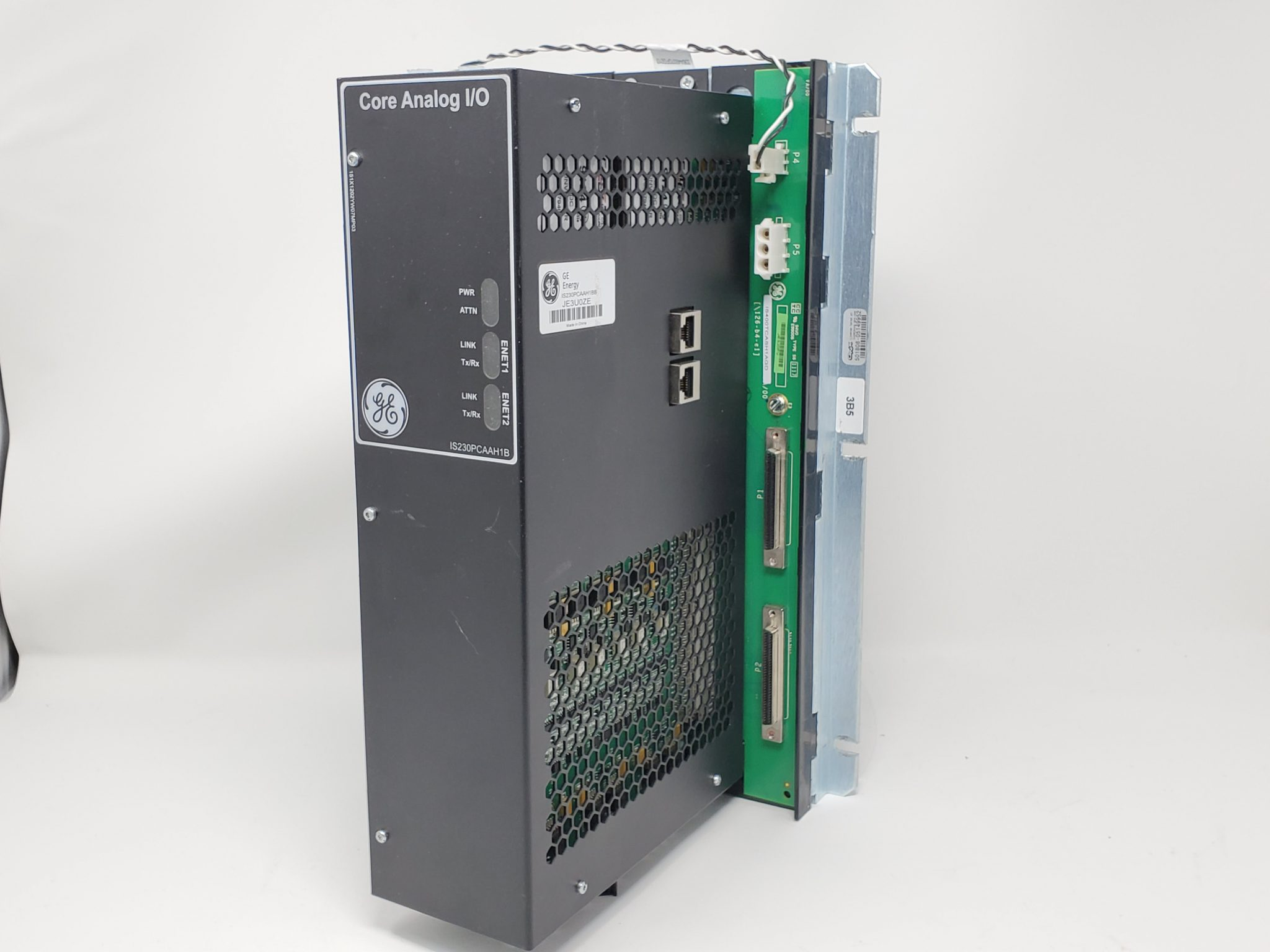
What Control Engineers Should Know About Industry 4.0

An application viewpoint: Steelmaking
An entry point to understanding the intersection of Industry 4.0 and control is to focus on an industry and different applications within it. We chose the metals industry for several reasons:
First, the steelmaking process is made up of consecutive processing steps that are similar across the globe.
Second, while the processing steps are continuous, they are sequenced discretely, resulting in a variety of operating practices.
Third, a large number of resources and amount of energy is required during the production stages. As a result, sophisticated process optimization and improvement schemes are important and financially worthwhile.
Figure 2 shows the standard steps in a steelmaking process: In the melt shop, scrap metal or iron ore is melted in a furnace and various chemicals are added before the melted material is cast continuously. Slabs of metal are then formed into long sheets of metal in a hot rolling mill. The metal sheets are rolled out further in a profile or cold rolling mill. The surface of the sheets is further treated chemically and mechanically before storing them in a warehouse for further use in cars, ships, or household appliances. Because of the large and precise amounts of energy required, the stages of the steelmaking process require integration with the electricity grid.
All the processing steps, from melt shop to warehouse, require individual control solutions, as shown in Figure 3.
Control in continuous casting is related to the level of molten steel as the ladle is emptied into the tundish. Controlling the level is critical for high-quality steel and, while level control is a standard application, it is hard to measure the level in the tundish and empty the ladle according to the control instruction.
Hot and cold rolling mills also require control of the mass flow, the gap of the rollers and control of the motor speed. While these individual control objectives are achieved with feedback as well as feedforward control strategies, there is also a need for multivariate control as an overarching strategy in the cold rolling millv. 
The control aspects—implemented in an industrial control system—interact directly with the process. They are shown at the bottom of Figure 3. Other automation solutions that involve feedback elements and decision making over different time scales are depicted on top of the basic control layer.
For example, scheduling solutions calculate which batch will be produced at what time on a specified piece of equipment. Energy management solutions are concerned with managing the overall use of electricity or other sources of energy such as heat. Anomaly detection is important for quality management and draws its information from the basic control layer. Planning solutions are concerned with a large time scale and determine in what order customer order are fulfilled.
When manufacturing and processing companies speak about vertical and horizontal integration, they usually refer to the exchange of information between the different automation levels and across the entire supply chainvi. Since Industry 4.0 facilitates the exchange of data and information, it enables horizontal and vertical integration.
Although there are many different aspects of integration depending on the industry and setup of the production, steelmaking is tied in with electricity management because it is an energy-intensive process—particularly in the melt shop, casting and hot rolling mill processes where heating is required. The electricity grid may pose constraints on production or may make production more profitable if carried out at specific times. This will influence the schedule. As a result, it is necessary to share information between the different levels of automation. So, the vertical integration of scheduling is one aspect of steelmaking where Industry 4.0 shines.
Standards are required to facilitate the information exchange efficiently and the main standard here is ISA95, which describes the integration of the enterprise system and the control systemvii. At ABB, it was demonstrated how the ISA95 standard can be used to provide the production schedule data so that it can be shared with the energy grid.
Another option to improve overall process efficiency is to connect the scheduling and the control layer using key performance indicatorsix (KPIs). Metals solution provider Hitachi demonstrated how to integrate planning and scheduling, and the control systems, thus improving the production yield as well as productionx.This is one example of IT and OT integration.























.jpg)












































.jpg)
.jpg)





.jpg)



.png)
.jpg)

.jpg)
_lVjBYb.jpg)

.jpg)
.jpg)



.jpg)
.jpg)







.jpg)

.jpg)
.jpg)











.jpg)





